Beyond the Atlas: A Journey to the Heart of Amazigh Traditions
Writer Sally Kirby has spent the last six years living in close contact with the Amazigh people of Morocco. Join her on a tour of the Amazigh’s rich heritage and its contemporary expressions in modern-day Morocco.
When I first arrived in Tamraght, an Amazigh fishing and surfing village on the coast near Agadir, I couldn't tell if someone was speaking Darija (Moroccan Arabic) or Tamazight (Amazigh), even though the two languages are completely different. It was the first time I'd heard of either language. I had a lot to learn.
Nowadays, after living in Morocco for six years, I can differentiate between the Arabic sounds – a back-of-the-throat “huh” and strong “k” as in “kick” – and the melodious Tamazight sounds. “It’s like listening to birds singing” a friend once remarked on hearing a group of Amazigh ladies in a lively discussion. It’s true, they do.
I still find it incredible that one country can have three such different official languages – including French – yet be so united. Having grown up in the UK, I was blinkered to believing that most of the world speaks one language, English. However, living here, I have been corrected. I am constantly observing where Morocco's cultures meet and how different groups accept each other based on mutual respect.
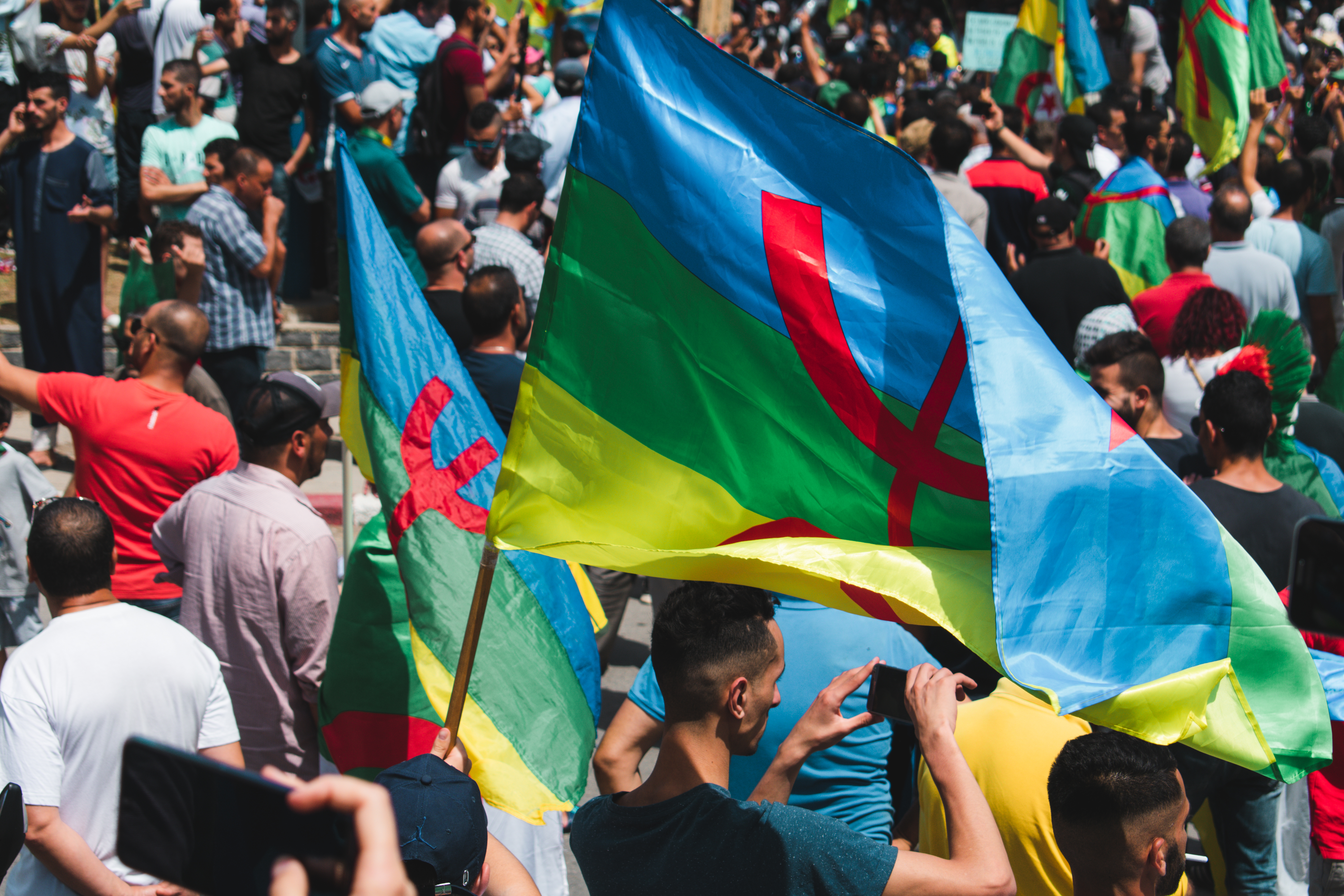
Shutterstock
A curiosity for the ancient traditions of Morocco’s original inhabitants, Imazighen (plural of Amazigh) will take you back over five thousand years. It’s a fascinating journey, one that will ultimately give you a deeper understanding of the country as it is today.
Dr. Mohamed Chtatou, professor and political analyst who has spent much of his career studying the Amazigh heritage, explains that “The cultures that make up Morocco are inextricably linked. But the Amazigh culture is nevertheless the central element of the way of life and the popular belief system dominant in Morocco. The relationship between Islam and the Amazigh in Morocco is mutually reinforcing. Islam is the religious tradition of the Amazigh. The Amazigh in turn color the tradition with their local languages, customs, and beliefs, some of which predate Islam. "
So, who are the Amazigh?
The Amazigh people are the original tribes of North Africa, alive today in communities across Morocco, Algeria, Tunisia, Libya, Egypt, Mali, Niger, Mauritania and Canary Islands. “Tamazgha” is the term used to refer to their homeland. The meaning of Amazigh is “free man,” another commonly used term is Berbers which derives from “barbarians,” believed to date back as far as the Roman era. This cultural nation is represented by a flag, where blue represents the Mediterranean, green the hills of Tamazgha, yellow the Sahara and the “yaz” at its center represents unity, freedom and cultural renaissance.
In Morocco, the Imazighen tribes are divided into the largely sedentary tribes of the north which include the Rifians of the Rif Mountains, known for their rebellious nature, and the Shilha or Schleuh of the Atlas and Souss regions. Inland and to the south are the Tuaregs, who are traditionally nomadic tribesmen and desert dwellers. Once migratory with the rain, they have in recent years been forced to move closer to urban areas where they have access to water and tourists, the latter providing a source of income.
During the expansion of the Roman Empire, the Amazigh people strongly resisted Roman control. Centuries later, the Amazigh encountered the Arab conquest, which introduced profound changes to Morocco by bringing a new language, Islamic law, and the religion of Islam. A (mostly) shared value system has enabled Amazigh and Arab cultures to eventually live together peacefully, although initial cultural clashes are well-documented. According to local folklore, it was female leader Queen Dihya who led the Amazigh rebellion against Arabs. In matriarchal Amazigh society, women are known for their strength and are highly valued in positions of authority.
The essence of Amazigh is transmitted through its language Tamazight, spoken by around one-third of Morocco’s population, although it only became officially recognized as a national language in 2011. I have struggled to master Tamazight, partly because my focus has been on learning Darija (Moroccan Arabic) and French. I am in awe of how the younger Moroccan generations in the village jump easily between Tamazight, Darija, French, and, increasingly, English.
Nowadays Tamazight can be taught in Morocco’s schools and seen on roads and information signs around the country. The language is written in Tifinagh, an ancient script whose geometric characters can be seen adorning clothing, skin, jewelry, rugs, ceramics and graffiti all over Morocco. It was recently made available as an iPhone keyboard in 2024.
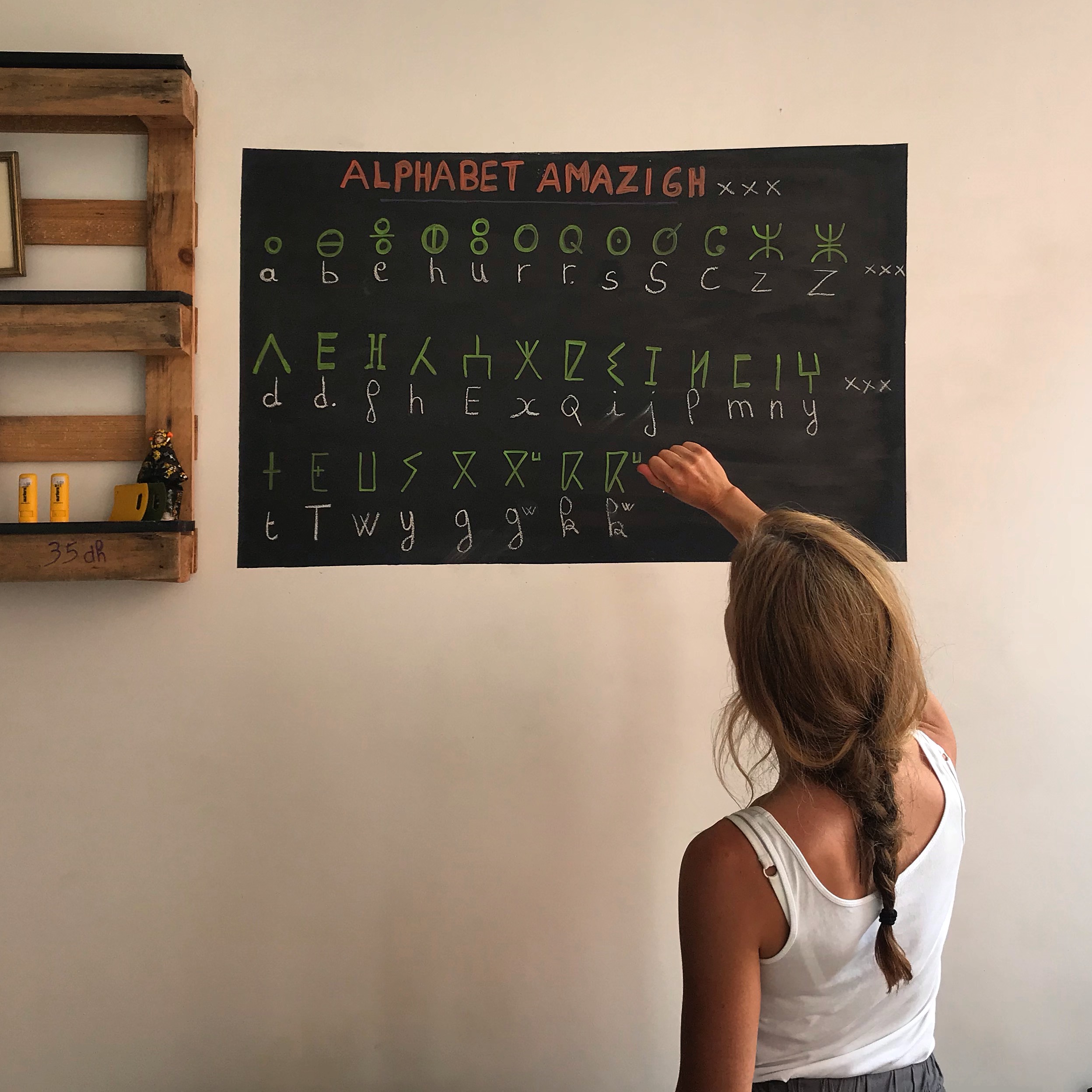
Maryam el Gardoum; a professional surfer, surf school owner and proud Amazigh woman was born and raised in Tamraght., Maryam managed to retain her strong cultural roots while being a trailblazer in the modern surfing world - her ISA-certified surf school, Dihya, is eponymously named after the legendary Amazigh queen whose fighting spirit lives on through the likes of Maryam and her Amazigh sisters.

I asked Maryam to tell me about the core values of the Imazighen. “We are ‘free people’ we choose to live in peace, not looking for something else. We stay away from problems,” she explained. “There's a phrase ‘shuma,' meaning 'it's all good, with respect', we use it to diffuse disagreements. We don't dream of being rich, if there is food today, I'm grateful. We are grateful for what we have.”
Hospitality remains one of the core values of Amazigh culture, Maryam tells me. “We give strangers everything in our homes. We share everything, so that they feel like it's their house. We never give up on our roots, we stay close to our families and keep family together. We do everything possible to keep relations good within the family. Supporting each other during hard times and good times. Marriages traditionally are, when possible, kept within the family, between cousins, second cousins.”
Maryam’s words resonated deeply as truth. Here in Tamraght, I am forever amazed at how the community moves through life with such ease, generosity and groundedness. In a world of constant flux, development and border disputes, they remain stable, guided simply by their core values, united through traditions, and their homeland, Tamazgha, which exists beyond the defined borders of a nation-state.
Enduring Traditions
I have witnessed how despite the speedy modernization and globalization around us here in Tamraght, my neighbors don’t buy into the need to over consume or expand excessively. They live within their needs, take responsibility for their families and prefer to be left to live a simple way of life. Their natural affinity for hospitality provides an income through tourism, enables them to be authentic to who they are, live where they live, and share their traditions with those interested.
Food is an important part of daily Amazigh life and celebrations. Simple, nourishing food, prepared by hand using seasonal and local ingredients. Shared dishes such as tagoula, tagines, and couscous are enjoyed family-style and eaten from one large dish. Families across Morocco still come together every Friday, after the midday prayers, to share a meal of couscous together.
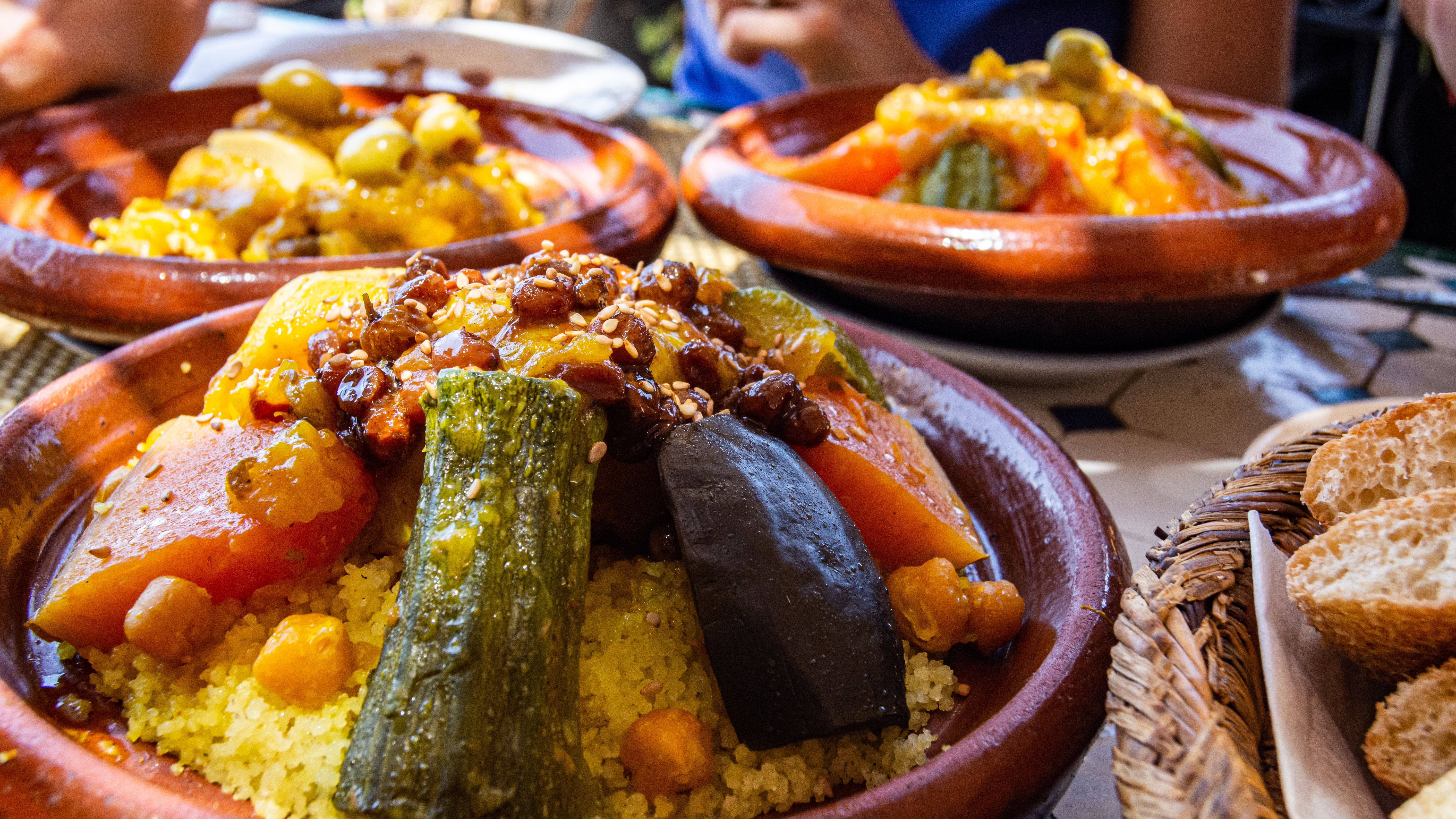
Food is not the only ritual that the Imazighen are loyal to. Festivals are considered to be essential to retaining the culture, and a way to celebrate it too. Two of the Amazigh festivals you may come across today are Imilchil Marriage Moussem in September where rites of passage and displays of courtship are celebrated with dancing, music and community blessings in traditional dress and adornment, and Yennayer New Year, marking the first day of the agricultural year for the Amazigh, a national holiday as of recent years, with communities coming together for feasting and celebrating life.
During these events, you’ll notice the elaborate jewelry worn to provide a statement of identity and social status. Brides are usually gifted jewelry for their dowry, from mother to daughter, also a form of life savings and insurance. Colorful dresses, cloaks with intricate patterns and headdresses are worn for events. Women can be seen with symbols tattooed on their chin and forehead, depicting tribal affiliation and along with black kohl around the eyes, pink cheeks and ornate henna drawing on hands are an expression of beauty.
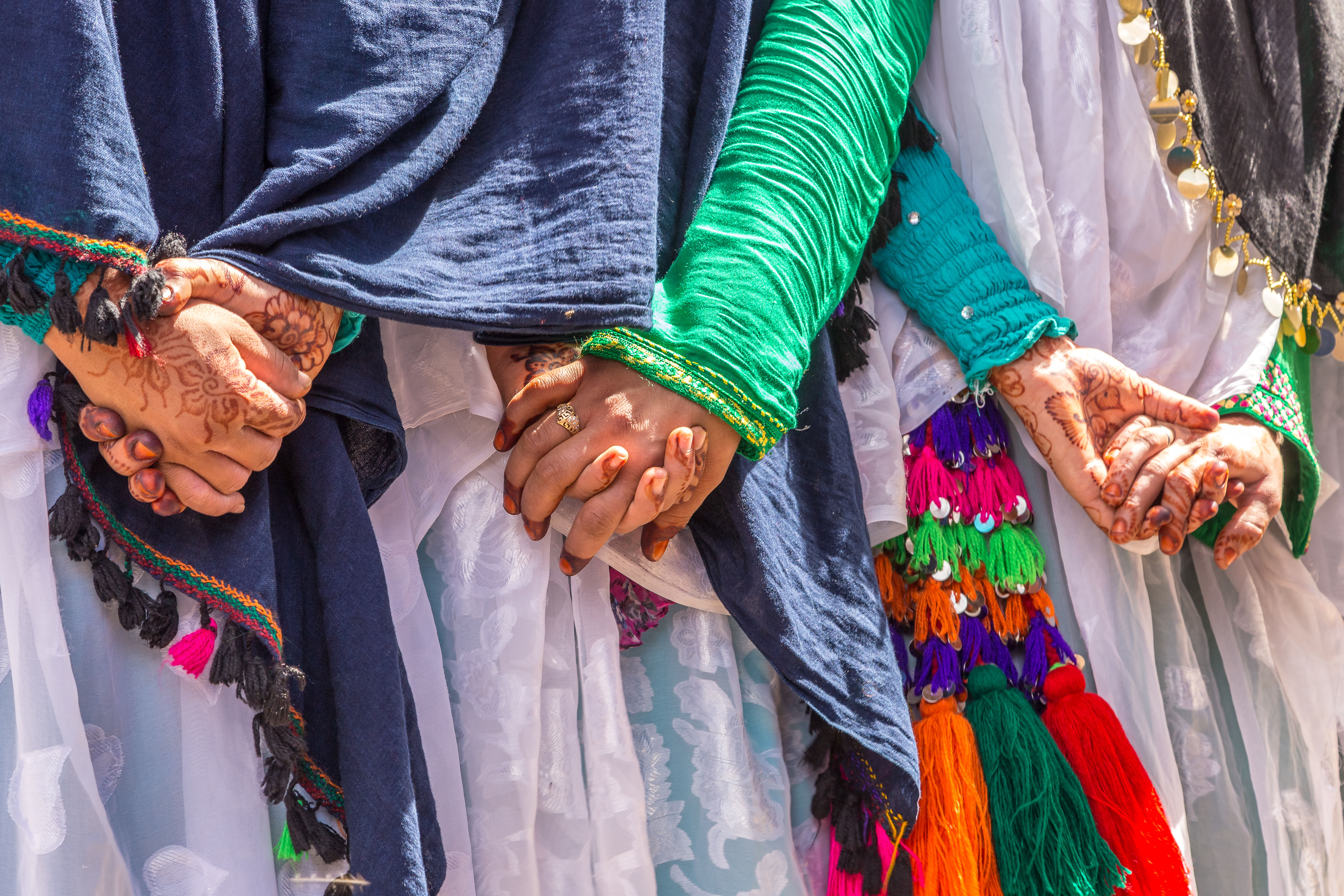
By participating in one of these festivals, you’ll also have a chance to listen to Amazigh music. Different tribes have different styles of music - each region has a distinct and distinguishable rhythm, performed using local instruments. Music is key to preserving and sharing the Amazigh culture, handing it on to future generations. Increasing popularity in music events and festivals in Morocco, will hopefully ensure Amazigh artists continue to find a place to share their music.
All Amazigh rituals are linked by the strong connection to the earth of this population - a respect for their land, which is considered sacred. In some regions homes and kasbahs are still made from earthen clay and straw, with thick walls to protect from the extreme weather conditions.
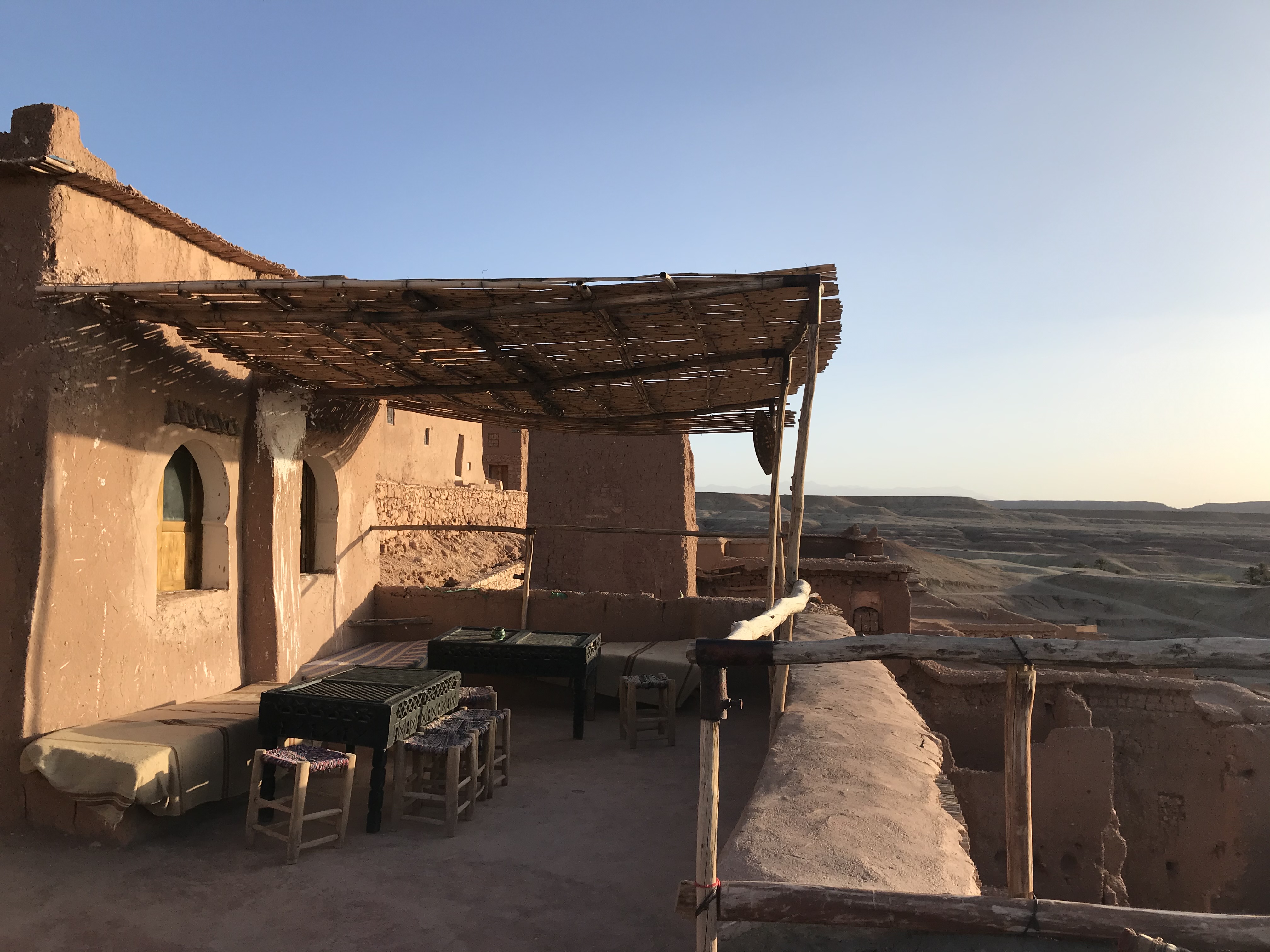
Traditional hand-crafted artisan skills remain strong among the Amazigh, having been passed down through the generations. Zerbiya (rugs) are traditionally hand-woven by women who take inspiration from the world around them, using sheep’s wool and natural dyes to represent desert colors, life cycles and geometric patterns in the designs. Ceramics are usually crafted by men who operate wheels with their feet and hand-paint with intricate patterns and symbols. Argan oil cooperatives, where nuts are picked and ground into oil through an arduous process traditionally accomplished by hand, provide an income for local women.

Lessons from the Amazigh community
Living alongside an Amazigh community these past years has given me an incredible opportunity to share the grounded way of living and question my values. Why did I choose to live here? For a simpler, slower life with community, connection and surfing (nature) at its heart. I am observing the speed at which the area around us is changing, a surge in luxury resort hotels, barista cafés, internationally rated restaurants, and supermarket brands. All too familiar from the life I lived in London. I have to keep reminding myself to not always take the quickest route. Why speed up every process with a machine, when the creation process is so nourishing? To retain the daily rituals, such as yoga, to keep me grounded and connected to the present moment.
My journey to the heart of the Amazigh traditions played out alongside a personal journey to qualifying and practicing as a yoga teacher. A journey that has led me to make values of connection, peace and freedom part of my daily life. By researching and writing this article, I’ve been reminded that these values come from within, we create them through cultivating a healthy state of mind and ensuring that our basic needs are met. I read recently that Tamazgha, the Amazigh homeland, only exists in the minds of those who know of it. My first thought, and last thought for this article, is that at least there, in the mind, it can never be taken away or disputed.
